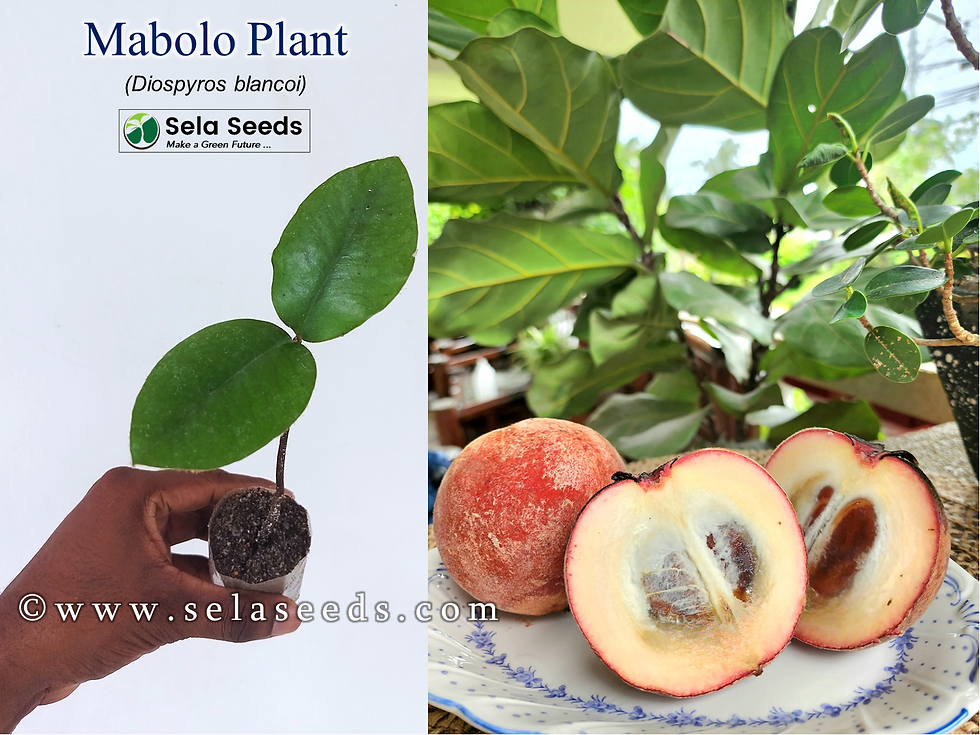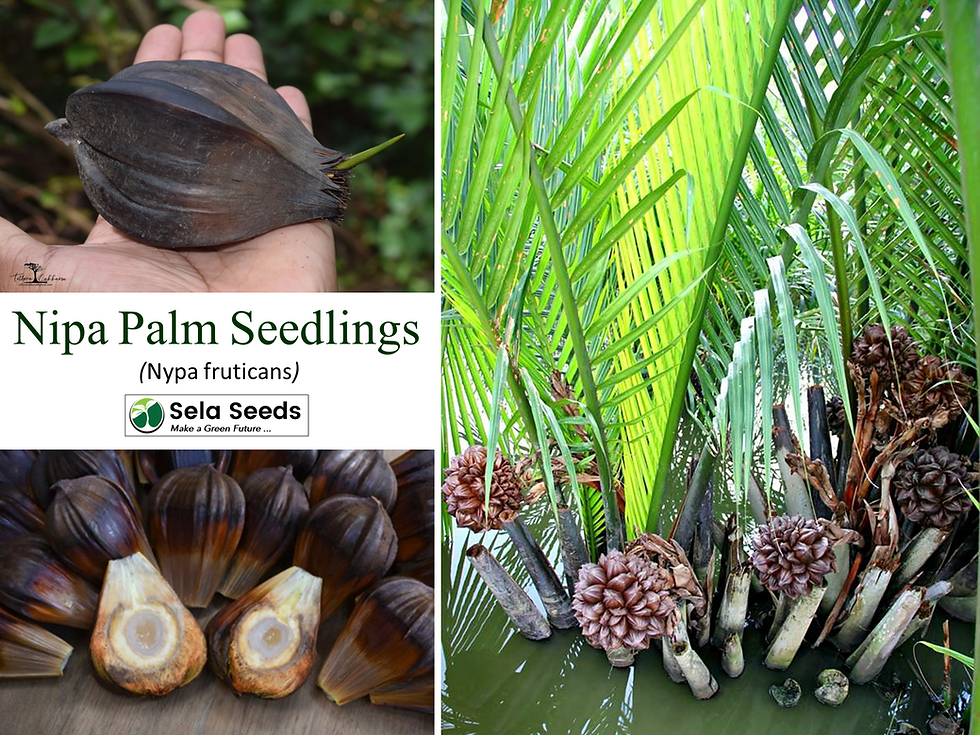Butter Tree Seeds (Madhuca longifolia)
A multipurpose tree that is very important to the local economy, supplying a range of foods, medicines and other commodities. It is commonly harvested from the wild and is also often cultivated in the tropics. The tree has occasionally been planted as an avenue tree and is often planted to provide shade.
Habitat Margins of tropical and subtropical forests at elevations up to 200 metres in Nepal. Deciduous forests and dry sal plain forests. The tree is usually found scattered in pastures and cultivated fields in central India.
Cultivation Details
A plant of the subtropics to the hot tropics, where it is found at elevations up to 1,200 metres. Able to resist some frost, it grows in areas where annual daytime temperatures are within the range 2 - 46°C. It grows best where the mean annual rainfall is between 550 - 1,500mm. Requires a sunny position. Prefers a deep loamy or sandy-loam soil with good drainage. It also occurs on shallow bouldery, clayey and calcareous soils. Established plants are drought resistant.
A full grown tree can produce up to 90 kg of flowers in a year. Trees coppice well if they are felled when dormant in the hot season. They can be worked on 25 - 30 year coppice cycle to produce a mean annual increment of 3 - 5 cubic metres/ha.
Edible Uses
The fragrant fleshy flowers can be eaten raw or cooked. Rich in nectar, they are used as a sweetener and a source of sugar. They can also be dried for later use. The dried flowers can be powdered and added to flour. Excessive amounts can be intoxicating.
Both the ripe and the unripe fruit can be eaten. The outer fruit coat is eaten as a vegetable, whilst the fleshy cotyledons are dried and ground into a meal. The yellow fruit is about 5cm long.
An oil expressed from the seed is used both as a substitute for and an adulterant of ghee. The seeds are a source of illipe butter, used in making margarine and chocolate. The oil is of low quality.
The leaves are edible.
Medicinal
The flowers are regarded as anthelmintic, cooling, demulcent, laxative and tonic. They are used in the treatment of coughs, colds and bronchitis, and in the treatment of snakebites. They are fried in ghee and then eaten as a remedy for piles. The dried flowers are used as a fomentation in the treatment of orchitis, being valued for their sedative effect.
The bark is astringent and emollient. It is used in the treatment of leprosy. A decoction of the bark is given to diabetic patients in Nepal. The bark is used externally to treat itchy skin and bleeding gums.
The oil from the seeds is used in the treatment of skin diseases.
The gummy juice (latex) is used in the treatment of rheumatism.
The plant contains a toxic saponin, mowrin, which has a digitalis-like effect upon the heart and a saponin-like, haemolytic effect. An essential oil obtained from the fruit contains 22.7% ethyl cinnamate.
Agroforestry Uses
The tree has a large spreading superficial root system that holds soil together. It is planted on wasteland with hard lateritic soils in India. The seed cake has been used as fertilizer.
Other Uses The seed residue, after the oil has been extracted, is used for ridding lawns of worms. The de-fatted seed kernels contain 26 - 50% saponin. The oil from the seeds is used to treat other seeds against pest infestation.
A low quality of oil is extracted from the seeds. Consisting principally of palmitic and stearic acids, it is mainly used in making soap and candles.
Tannin is obtained from the bark.
The heartwood is reddish brown. The wood is strong, very hard, very heavy and durable. It takes a fine finish. It is used for house construction, furniture, naves and felloes of cartwheels, door and window frames. The wood is used as a fuel.
top of page
PrezzoA partire da $10,00
Prodotti correlati
bottom of page

































